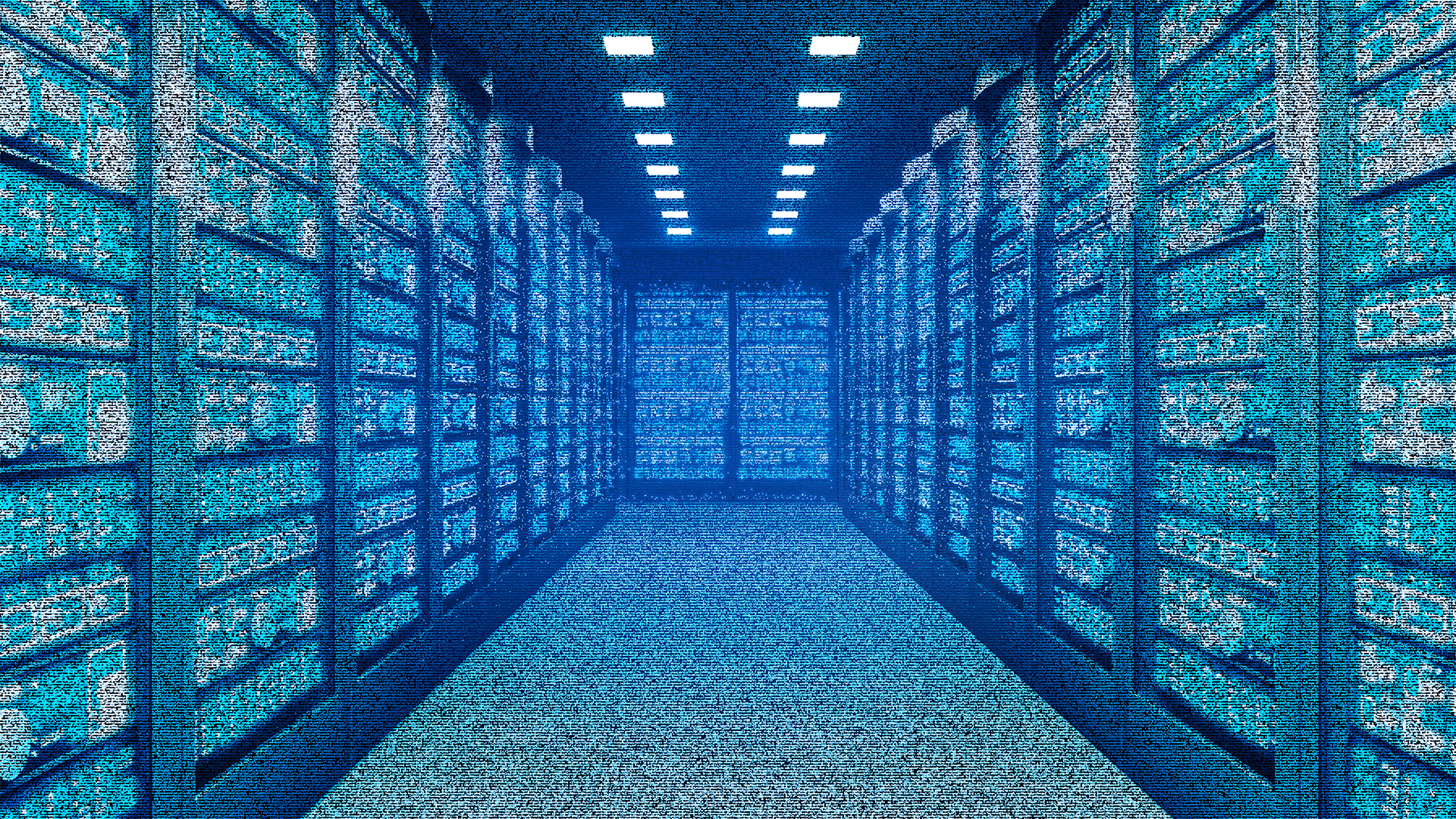Software Defined Storage: A quick guide
Will Garside provides a list of the runners and riders in the highly valued Software Defined Storage space

Software Defined Storage technologies are through the hype cycle and now running successfully in production environments
Although each vendor has a slightly different pitch on the subject, in essence, the promise of SDS is the ability to mix and match different storage technologies and get the right combination of features, performance and scalability without the single vendor lock-in that has traditionally plagues the industry. By using a common set of standards; administrators are able to separate the control from the data plane and potentially create more flexible and less expensive storage architecture able to scale without a forklift upgrade each time a performance or capacity threshold is reached.
According to analyst firm Research and Markets, the global SDS market was worth around $1.4bn in 2014 and it expects it to reach $6.2bn by 2019 offering a staggering 34 per cent CAGR – a testament to the perceived value of the concept.
DataCore’s Fifth Global Annual State of SDS Survey reveals that businesses are preparing themselves for an SDS-based future. 52 per cent of respondents think SDS will extend the life of existing storage assets and future-proof their storage infrastructure. Half of those surveyed said they are flocking to SDS-based infrastructure to avoid hardware lock-in from vendors and 63 per cent said that as a result of the benefits, they will be looking to heavily invest in the technologies in 2015.
Additionally, 81 per cent think they will spend the same amount on SDS that will be incorporated within server/virtual SANs and converged storage solutions.
George Teixeira, president and CEO at DataCore says: "The data reveals that many organisations are moving away from storage functions tied to specific hardware and are deriving real CAPEX and OPEX savings and additional purchasing power by not being locked to particular hardware or being forced to go ‘all new buys’ to modernise their storage infrastructure. It also points out that heavily promoted technologies, such as Object Storage, are more often found at the fringes in pilot programs, where IT is hoping to assess their value.
"Software-Defined Storage and storage virtualisation software...are providing the features that the market is demanding right now, such as continuous availability, faster performance and higher efficiency. These concrete benefits carry far more weight in 2015 spending than future promises from yet to be proven technologies and startups,” he concludes.
Stay up to date with the latest Channel industry news and analysis with our twice-weekly newsletter
However, unlike the wider storage market with its top trio of EMC, NetApp and HP taking roughly half the sales, SDS has a lot more players.
Market breakdown
The SDS players are broken down into those with traditional hardware business, a growing set of software-only vendors and those that sell storage appliances with an SDS flavour.
The big three all have software play with EMC’s ViPR, HP’s StoreVirtual and NetApp’s Data ONTAP platform all brandishing SDS credentials. However, just how interoperable they are with each other (or other rivals) when it comes to the SDS mix and match philosophy is debatable. Each major flavour has different levels of support for OpenStack and its Swift and Cinder APIs that are emerging as baseline standard for storage interaction. In some instances, they are incompatible due to design considerations or choice. For example EMC’s first release of ViPR supports its own VNX, VMAX, VPlex and Isilon products and some NetApp platforms, but ignores HP and Hitachi.
Appliances
Still hardware-centric but often based on merchant silicon are the SDS appliance vendors. Notable entrants include Tintri, Nimble and Nutanix that have grown rapidly off the back of clever feature sets and a close alignment to virtualisation environments.
In the case of Nutanix, the addition of compute makes it more of a hyper convergence offering but all three have decent support for OpenStack. The appliance vendors have also been the most diligent when it comes to building support for flash into these products and have some staggering performance numbers although still a higher price point then the last major SDS vendor block – the software-only SDS vendors.
Software only
Software only vendors are probably the most exciting and agile group with the SDS market and a trio that stands out are Nexenta, Atlantis Computing and DataCore. The oldest is probably Nexenta which was selling its software SAN before the SDS bubble even formed. It has amassed a large customer following due to its open source roots and ability to cheaply repurpose commodity hardware into a virtualised pool with deep Openstack and third party support. The company also has a number of vendors that have productised the software into mix and match appliance using standard Intel hardware.
Newcomer Atlantis has initially carved out a neat niche in serving up fast and scalable storage to support desktop virtualisation tasks while DataCore has developed a “play nice” with all the legacy hardware vendors approach and capable feature set to provide a transition path from a legacy to SDS alternative.
The three way division is not absolute and there are a number of other SDS players to consider. VMware vSAN technology, although basic, is an option for its end-to-end customers who may not need all the bells and whistles. Also, sitting behind the SDS platform vendors are a whole host of product vendors that aim to fix ancillary issues. Like Zerto’s disaster recovery, Permabit for deduplication and Virtual Instruments suite of SDS Performance Management tools, there is a growing set ISV that can help partners form a balanced SDS focused solution practice.
Opportunity for the channel
Demand for data storage shows no sign of decline and SDS has a key part to play, although it’s not just a case of replacing the traditional big filers and SANS. The underlying trend is that more bulk data will be stored in the cloud due to its economies of scale and resiliency. There will still be a need for local storage in support of production systems and to meet security or even just performance constraints. The expected $6bn a year SDS market, although substantial, is still a drop in the wider data storage hardware and services spend.
For channels to capture a slice, they need to understand that SDS is not a one-hat-fits all experience and selection of vendor and technology approach is as closely aligned as selection of the right ERP or CRM software. The sheer number of vendors and no clear leader makes it a great market to forgo the traditional hegemony and evaluate alternatives and even niche players based on merit and suitability to specific use cases.
However, there are a couple of notes of caution. Be wary of any SDS leader that is avoiding a commitment towards open standards and interoperability as pushing clients into future vendor lock-in will not make you a popular reseller. It is also likely that a number of the software only vendors and a few of the appliances pushers will be acquired over the next few years. This is not an inhibitor to adoption but gaining a unique position and cherry picking deals as one of a handful of certified regional partners won’t last long if vendors without a strong SDS position such as Dell or Quantum decide to buy into the space.
-
 How the UK is leading Europe at AI-driven manufacturing
How the UK is leading Europe at AI-driven manufacturingIn-depth A new report puts the country on top of the charts in adopting machine learning on the factory floor in several critical measures
-
 US data center power demand forecast to hit 106GW by 2035, report warns
US data center power demand forecast to hit 106GW by 2035, report warnsNews BloombergNEF research reveals a sharp 36% jump in energy forecasts as "hyperscale" projects reshape the American grid